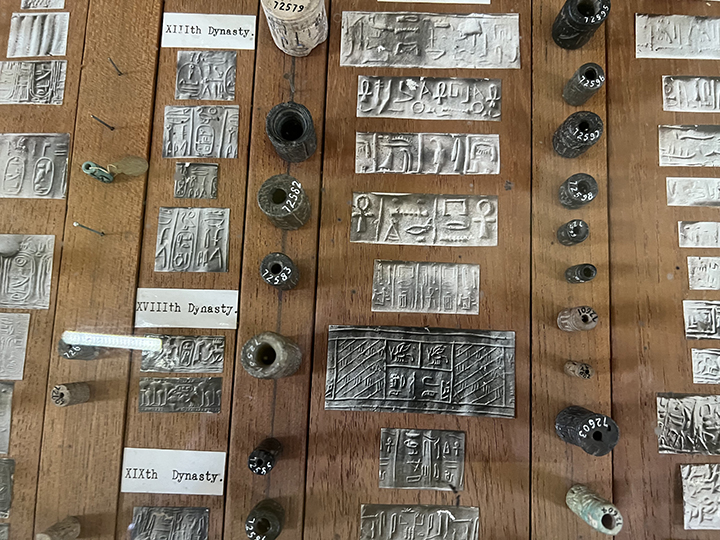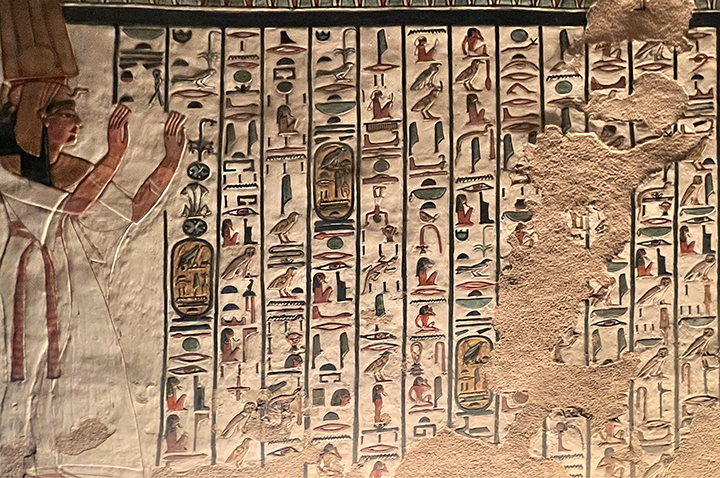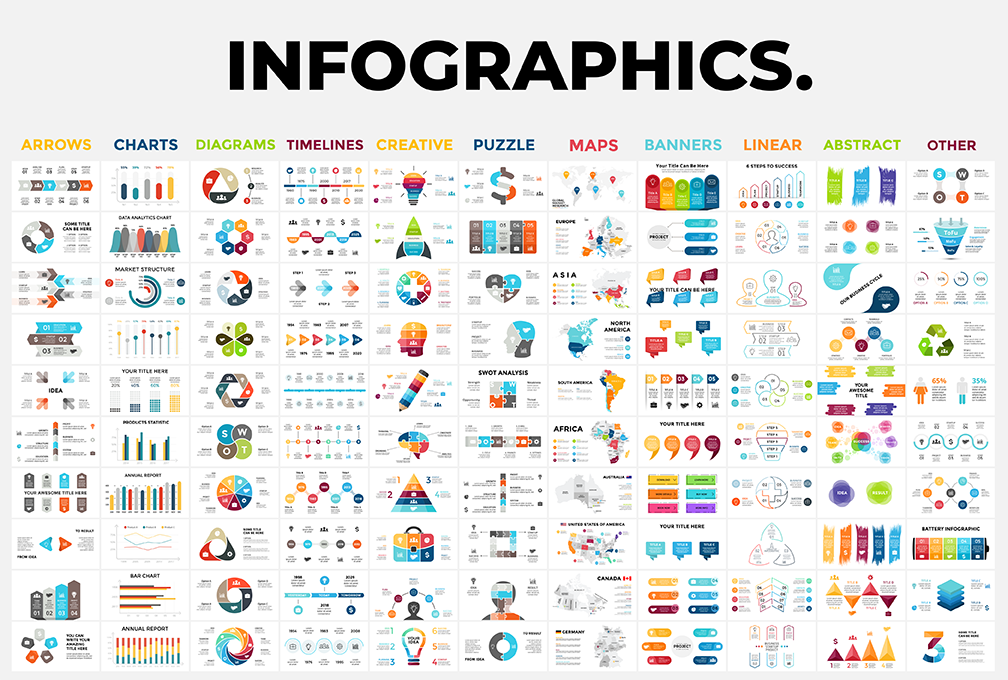
By Alexis Miller
Many of us think of hieroglyphics as an ancient or even dead language. But is that really accurate? In many ways, humans use modern-day hieroglyphics every day to communicate across a variety of platforms. How do these hieroglyphics appear? In the form of infographics, memes, GIFs and emojis!
In this blog post, learn about the history of each of these image-based languages as well as how they are alike and different.
Background on each of these image-based communications

Hieroglyphics are a form of ancient Egyptian writing system that dates back to around 3000 BCE. Hieroglyphics were inscribed on stone, pottery, and papyrus and were used for both religious and secular purposes. The writing system consists of pictures and symbols that represent words, concepts, and sounds. Hieroglyphics were deciphered in the 19th century, leading to a greater understanding of ancient Egyptian culture and history.
Infographics are a relatively modern form of visual communication that have gained popularity in recent years. Infographics are designed to convey complex information quickly and clearly through a combination of text, images, and data visualizations. Infographics have been used for a wide range of purposes, including journalism, marketing, and education.
Memes are a cultural phenomenon that emerged in the early days of the Internet. A meme is a piece of digital content, usually an image or video, that is humorous, satirical, or political in nature. Memes often go viral and spread rapidly through social media and other online platforms.
GIFs (Graphics Interchange Format) are a type of digital image that moves in a loop. GIFs were first introduced in the late 1980s and have become increasingly popular in recent years, particularly on social media platforms like Twitter and Instagram.
Emojis are a type of digital icon or symbol used to express emotions, ideas, and other concepts in online communication. They first emerged in Japan in the late 1990s, where they were known as “emoji” (絵文字), which means “picture characters” in Japanese. The first set of emojis was created by a Japanese artist named Shigetaka Kurita, who was working for the mobile phone company NTT DoCoMo. Kurita created a set of 176 emojis that were designed to make it easier for users to express themselves in text messages
How Hieroglyphics and Infographics, Memes, Emojis and GIFs are Alike and Different
Hieroglyphics and infographics, memes, emojis and GIFs are alike in that they are all forms of visual communication. Each one uses images, symbols, and/or text to convey meaning and ideas.
However, there are also some significant differences between hieroglyphics and modern-day visual communication. Hieroglyphics were primarily used for religious and ceremonial purposes, while infographics, memes, emojis and GIFs are used for a much broader range of purposes, including entertainment, education, and marketing.
Another difference is that hieroglyphics were typically created by skilled craftsmen and scribes, while modern-day visual communication is often created by anyone with access to a computer and the Internet. This has led to a much broader range of styles and techniques in modern-day visual communication, from simple memes created on a smartphone to complex data visualizations created by professional designers.
Conclusion
The intersection of Egyptian hieroglyphics and modern-day infographics, memes, emojis and GIFs highlights the enduring importance of visual communication in human culture. While hieroglyphics were created thousands of years ago, they continue to inspire and inform modern-day visual communication. By studying the similarities and differences between hieroglyphics and modern-day visual communication, we can gain a deeper understanding of the ways in which humans use images and symbols to communicate complex ideas and emotions.




